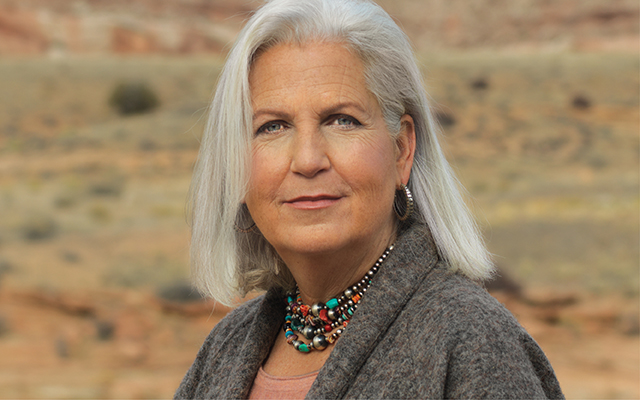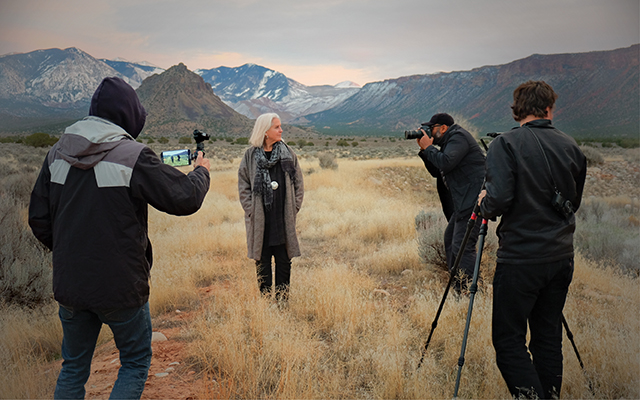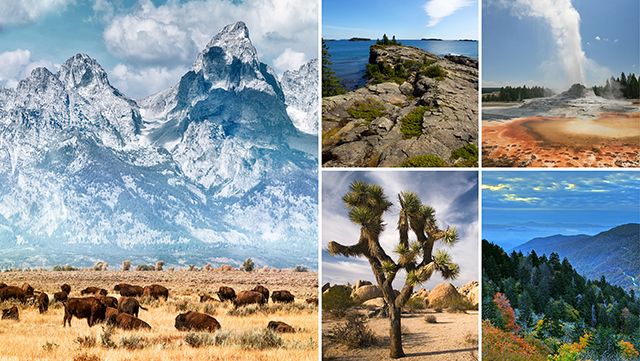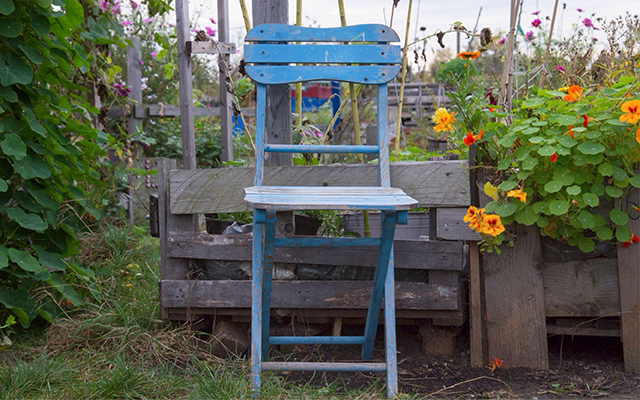Language and landscape are my inspiration,” writes Terry Tempest Williams in her latest book, The Hour of Land: A Personal Topography of America’s National Parks. In it, she explores the ever-changing, joyful, and challenging relationships that have combined to create America’s beloved public lands.
The 61-year-old Utah writer and activist has long used the power of prose to give voice to silenced communities — and to celebrate the intrinsic bond between them. “Our kinship with Earth must be maintained,” she writes in her 2008 book, Finding Beauty in a Broken World, “otherwise, we will find ourselves trapped in the center of our own paved-over souls with no way out.”
Speaking out for marginalized communities — including prairie-dog colonies, nuclear-testing downwinders, and Rwandan-genocide survivors — has at times put her at odds with authorities, such as the Bureau of Land Management, industry lobbyists, and members of the Mormon Church in which she was raised.
Yet, much like the diverse ecosystems she strives to protect, these differing and even opposing views allow Williams to thrive. “In a voiced community, we all flourish,” she notes in her 2012 bestseller, When Women Were Birds.
Unraveling the threads that weave the politics of people and place together has always driven her creativity and activism. At one time, though, she thought she had to choose between the two. “When I was younger, I asked myself, ‘Am I an activist or an artist? Citizen or writer?’” she recalls. “But I don’t ask myself that anymore. I’m engaged in the world. I’m engaged on the page. And I think there’s great joy in being awake, alert, and alive to where we are.”
In an age of rapid species extinction, diminishing resources, changing climate, and shifting population dynamics, we really have arrived at the “hour of land.” It’s a time when Williams refuses to avert her gaze from the beauty and grief she sees, turning as always to community — human and wild — for solace and solutions.
Experience Life | Your latest book is about the national parks. Why did you choose that topic?
Terry Tempest Williams | Our national parks are the closest thing we have to sacred lands. They’re memory palaces where our families and generational stories are held in common ground, and where we can come together in community to flourish and marvel at the beauty before us.
The parks are not without our shadow of history, though. Consider Gettysburg, where it’s only been in the last decade or so that you could find the word “slavery” in the park interpretation story. Before, it was primarily about generals, ammunitions, and strategies.
So while filmmaker Ken Burns said that our national parks are our best idea, I would argue they’re an evolving idea.
Many parks are at risk. Thirty are under threat of oil and gas development, 12 already have oil and gas development happening, and the land around them is vulnerable to development and the transfer movement of public land to private ownership. These lands are our inheritance as American citizens, passed on to us from love, and we have to protect them. I hope readers will see the ecological value of our public lands as well as the activism and politics that shaped them and continue to be crucial to their existence.
EL | What can we do to protect public lands?
TTW | Stand in the center of the principles and values that sustain us: principles for the common good that expand our notion of community to include all life forms.
Come together to address specific local issues, being mindful of diverse opinions. A friend of mine, Cora Neumann, recently said that in her community people are asking, “What can we protect and resist? How do we unify, and what do we want to create and build for a liveable future?”
Thinking about protecting, resisting, unifying, creating, and building was helpful to me because we’ve never been here before regarding the issue of climate. We don’t know where we’re going, but we know we’re not headed in the right direction. To make these big cultural and personal shifts requires thought, commitment, and the capacity to listen, dream, and create together.
EL | One compelling chapter in your latest book includes your father and details how you often have opposing opinions, yet respect one another. How can we get better at valuing differing views?
TTW | It begins around our own dinner table with our family, which often isn’t easy. It’s about making a commitment to continue the relationship, even when it’s challenging. My father and I have a beautiful relationship, but it’s not been without difficulty.
For example, when my husband, Brooke, and I legally bought oil and gas leases at the Bureau of Land Management auction to protect the land, it was something that had never been done before. Afterward, my father — who ran our family’s natural-gas pipe-laying business — told me the purchase made a mockery of his livelihood and that I had shamed him.
How did we go from that very difficult conversation to his joining us in the energy company we created to buy these leases? Experiences change us. I think he’s come to see how vulnerable we are, how the scale and rapidity of oil and gas development far exceeds anything he’s seen in his 83 years.
I’ve had my own revelations. When my dad and I explored Theodore Roosevelt National Park and the nearby Bakken oil field in North Dakota, I realized how little I knew about the mechanics of what he did. I knew my family laid pipe that carried natural gas into thousands of homes providing heat.
But it wasn’t until we visited that oil field during peak production of 1 million barrels a day — which lies in close proximity to the national park where Roosevelt said he developed the character to become president — that we actually saw the rapidity and scale of the fossil fuel industry and its impact on communities.
EL | Like most of us, you’ve experienced setbacks. How do you rebound?
TTW | It is a privilege to live in the beauty of this red rock desert. And no matter how discouraged I get over today’s politics, the erosional landscape before me reminds me of the Earth’s healing grace and what endures if we choose to protect “the open space of democracy.” Nature is dynamic where predator and prey, drought and flash floods are common place. We can find deep joy in the world alongside the pain and violence. I want to be present, to bear witness to these things.
EL | What are some ways we can become engaged witnesses?
TTW | Each of us has to ask ourselves: “How might I serve this moment? What is my gift and how might I share this gift in the name of community and the Earth?”
We’re each being asked to take that next step we haven’t dared take because we’ve been afraid, tired, or complacent. Right now, everything is being asked of us. What gifts can we give to rise to this occasion on behalf of one another and the Earth we call home? Our future truly depends on our willingness to engage.




This Post Has 0 Comments